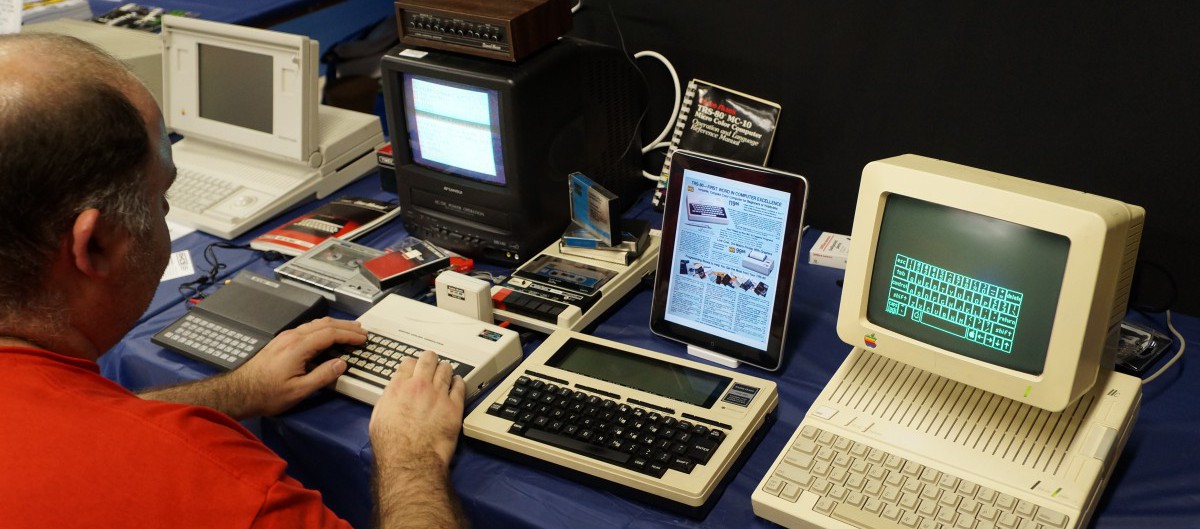During the first ten minutes of class, write a summary memo of your reading of Jones and Haffner, Understanding Digital Literacies, Chapter 1. Specifically focus on terminology and the five kinds of affordances and constraints. We will discuss these things after you’ve had a chance to reflect on the reading and post your summaries as a comment to this blog post. Remember that with these beginning of class writing assignments I am looking for your best effort within the time allowed.
Author Archives: Jason W. Ellis
Project 1, Structure
After completing the Details module of Project 1, turn your attention to the Structure module. Its instructions are included below:
Create an outline for your think piece essay. Typically, these kinds of articles
begin with a problem or question or issue, and the writer discusses, grapples with, and
works through the issue in the subsequent paragraphs, and concludes with a resolution or
better understanding of the issue at the end. Your outline is a way to help you think
through how you want to write your think piece, which will save you time in the long
run. Without a good structure for your think piece going into it, writes often get bogged
down in details or tangential points, which have to be cut from the final essay before
publication. Save yourself time in the long run by creating an outline that you stick to as
you write the think piece. Besides aspects of the issue that you will be writing about, you
can select quotes/observations/points raised in your research as a paragraph in your
outline. Each paragraph should be about a single issue, discussed, and leading into the
point of your next paragraph. If it seems like you have one paragraph on your outline
with several quotes or points, you should break it into smaller paragraphs. For those
paragraphs where you plan to discuss a quote from your research, copy-and-paste the
quote, citation, and bibliographic info into that point on your outline. Again, you are
setting yourself up for rapid writing and saving time in the next step.
Format this document as a memo, save it, and then copy-and-paste it into a comment to this blog post. If possible, complete this part during class, but if needed, you may take more time with this module. It is due before class on Feb. 16 so that we can focus on the Execution module during class on that day.
Project 1, Details
Since our last class on Feb. 4, you should have been conducting your Project 1 research for the Details module of the assignment. During class today on Feb. 11, create a memo that includes your sources’ bibliographic information and quoted material with parenthetical citations. After you have saved this memo containing your research on your own media, copy and paste a copy of it into a comment to this blog post. Since you have done the research, this module should not require very much time. You will refer to this document again in the subsequent modules of our first project.
Project 1, Planning Memo
Before our class on Thursday, Feb. 11, copy-and-paste your planning memo into a comment made to this blog post. Remember to save a copy of your memo in your own files, too. Contact me by email or stop by my office N520 if you need to discuss ideas.
Traditional Media vs New Media Discussion
Traditional Media
- Radio
- Books
- Television
- Magazines
- Postcards
- Physical/print newspapers
New Media
- Websites for newspapers and magazines
- Skype
- YouTube
- Social networking/social media/Facebook
- Different apps for news
- Dropbox/cloud-based storage/shared storage
- Photoshop/digital manipulation of images
- Wikipedia
- Virtual forums/reddit/quora digest
- Augmented Reality
- Online courses/MOOC
- Online gaming
- Gamification websites/services/apps
Differences
- interactivity
- dematerialized/no longer physical/less personal (face-to-face) interaction
- speed (traditional/slow and new/fast)
- more easily accessible (across different devices)
- more convenient to share (content)
Welcome!
Welcome to ENG2720! Download a copy of the syllabus from the page linked above with the same name. Stay tuned here for daily writing assignments based on our readings, in-class discussions, and projects.



